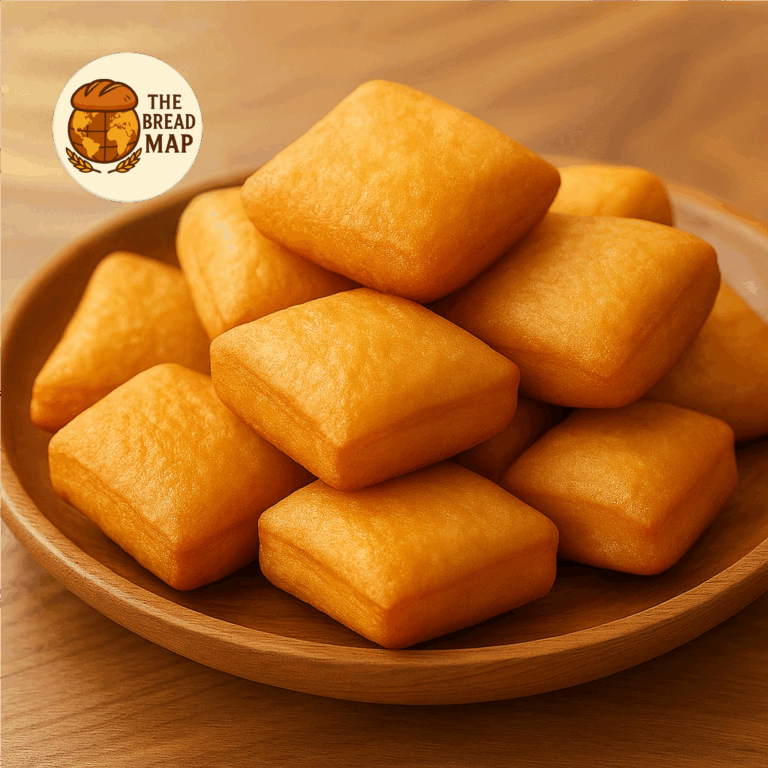
Boortsog may look like simple bites of fried dough, but in Mongolia, these golden morsels carry centuries of tradition and the generous spirit of nomadic hospitality. Crispy on the outside and tender within, boortsog is usually served with clotted cream, jam, or simply dipped into a warm cup of Mongolian salted milk tea. Whether you’re entering a ger out in the steppe or attending a festive family gathering, you’re likely to be greeted with a warm plate of these irresistible treats.
Historical Background
The roots of boortsog run deep into Central Asian culinary history. It’s believed this fried bread has been a staple among Mongol herders since ancient times, prized for its ease of preparation and long shelf life. Generations of Mongolian families have passed down their own techniques for shaping, frying, and serving boortsog—its continued presence on dining tables today is a testament to its enduring cultural importance.
Nomadic life demanded practical solutions in the kitchen, and boortsog fits that mold perfectly—it can be made from pantry staples, fried over open fires, and stored for days. Its presence during special occasions such as Tsagaan Sar (Lunar New Year) and weddings speaks to its ceremonial significance.
Region of Origin
Boortsog’s heartland lies in Mongolia and other Central Asian regions influenced by Turkic and nomadic culinary traditions, including parts of Kazakhstan, Kyrgyzstan, and Uzbekistan. In Mongolia, boortsog is a cherished offering of goodwill, symbolizing abundance and celebration. It often shares table space with dried curds (aaruul), dairy sweets, and airag (fermented mare’s milk), completing the nomadic culinary mosaic.
Ingredients and Preparation
Traditional boortsog relies on simple ingredients—but don’t let that simplicity fool you. The resulting flavor and texture are rich, comforting, and thoroughly crave-worthy. Ingredients include:
- All-purpose flour
- Butter or mutton fat
- Milk or water
- Egg
- Sugar
- Salt
- Yeast or baking powder (optional, depending on the recipe)
- Oil for frying
The dough is kneaded until smooth and rolled out before being cut into diamond shapes or twisted strips. These pieces are then deep-fried until golden brown and slightly puffy. Some households add a dash of honey or sugar to the dough for added sweetness, while others enjoy the savory profile that pairs beautifully with accompaniments like üröm (clotted cream).
Cultural Importance
Few dishes embody the Mongolian practice of open-hearted hospitality like boortsog. During holidays and formal visits, hosting families present plates stacked high with these golden breads to guests, ensuring no one leaves hungry. Their portable nature made them ideal for life on the steppe—much like the people who made them, boortsog could travel well and adapt anywhere.
Today, boortsog continues to be a beloved snack and symbol of warmth throughout Mongolia. Sharing a piece over tea is more than just a snack—it’s a connection to heritage, to family, and to a way of life that remains both grounded and generous. So next time you’re craving something crispy and comforting, perhaps reach for boortsog—and taste a bit of the steppe’s golden heart.
Leave a Reply